Hyundai has been making strides locally; this is not news to anyone. You need just look around on a daily basis to witness the penetration into the SA market. The firm has done so by being proactive in terms of its local offerings. Among these is an entire family of SUV/crossover models. Growing the portfolio is the all-new Hyundai Kona.
A new name and a new face
Unlike some badges that we are familiar with, such as Tucson and Santa Fe, the Kona (named after a small town in Hawaii) is a completely new model to SA. It is based on the company’s small car front-wheel-drive platform.
As you can see from the images above, the Hyundai Kona does not share the current family face. In fact, it is quite a departure from the other SUV models. A set of slim LED daytime running lamps are situated high on the nose. The driving lamps are set lower down on the facia, where one would normally expect to find a set of foglamps. This deconstructed design element is carried over to the taillamps as well.
A narrow glasshouse and large alloys along with a raked windscreen give the appearance of a low and sleek design. Not a bad trick when it is, in fact, a high-riding crossover, which boasts 170 mm of ground clearance.
Click here to read our review of the Hyundai i20 Active.
Comfy inside
Considering where the Kona sits in the pricing scale, there is quite a bit of overlap with its Creta sibling. Between the two models, there is a significant difference in boot capacity. That in itself may tilt a buyer’s decision one way or the other.
For me, the biggest difference is the interior treatment. The Hyundai Kona is a far more modern and upmarket in appearance and to the touch. Tactile materials are used across most surfaces, include the dashboard and door cards. Rear passengers may moan for the lack of legroom. Add that to the comparative lack of boot space and the Kona’s target audience is quite clearly younger and probably without kids.
One spec
Hyundai SA has introduced just one trim level locally. It is dubbed “Executive” and features just about all the creature comforts and safety items one could want in a modern car.
The list includes, but is not limited to: ABS, electronic stability control, seven airbags, auto hill-hold, a colour touchscreen infotainment system with smartphone connectivity, part leather upholstery, auto lights and wipers, height adjustable driver’s chair, cruise control and air-conditioning.
Two engines
Where buyers do get to make a choice is between engine derivatives. Hyundai introduces its new generation 1,0-litre 3-cylinder turbopetrol into the local market in the Kona. Vital stats for this engine are 89 kW and 172 N.m of torque. If you choose this engine then you can only have the six-speed manual gearbox. The other alternative is a naturally aspirated inline four, which produces 110 kW and 180 N.m of twist effort. This larger engine is available solely with a six-speed automatic transmission. In both cases, power is delivered to the front wheels.
On the road
We drove both versions of the Hyundai Kona at its local ride and drive presentation. I was impressed by the interior trim perceived quality. Hyundai has really stepped up its game of late in this department. The automatic version was first up for us. On the arterial roads from the Stellenbosch region to Malmesbury we enjoyed the car’s easy-going nature. A torsion beam rear axle didn’t adversely affect the car’s ride quality.
Overtaking really required a good stomp of the right foot to get the transmission to really hang on to a chosen gear. My co-driver and I both reached for imaginary paddles on the steering wheel to make gearshifts. I guess that sort of underlines the fact that the Kona feels like a hatch rather than an SUV.
After a quick coffee stop, we jumped into the turbocharged Kona. I much prefer this engine to the larger one. With a signature three-cylinder thrum, the engine pulls eagerly into the high-end of the rev-range. The power delivery feels nice and linear, too, with no surge to proceedings.
Meaty
No, I am not referring to the steak we enjoyed at lunchtime. Hyundai products have often come under fire for having lifeless, over-assisted steering actions. Since the brand switched over to electrically assisted steering racks engineers have constantly tuned and recalibrated the action make it feel more natural. In the Hyundai Kona, the action is meatier than any other Hyundai I have driven for some time. The helm may not be full of feel, but at least it does offer some weight and resistance to the driver’s muscles.
Summary
Hyundai SA knows its market well. Half of the brand’s current offerings are SUVs or crossovers. This has helped it to steal market share from many more established players in the local context. Initially, it may seem that the Kona is superfluous in a market that already has the Creta, but I am willing to bet that soon enough you will see dozens of these distinctive models on your daily drive.
PRICING:
Hyundai Kona 1,0 Executive – R379 900
Hyundai Kona 2,0 Executive – R399 900

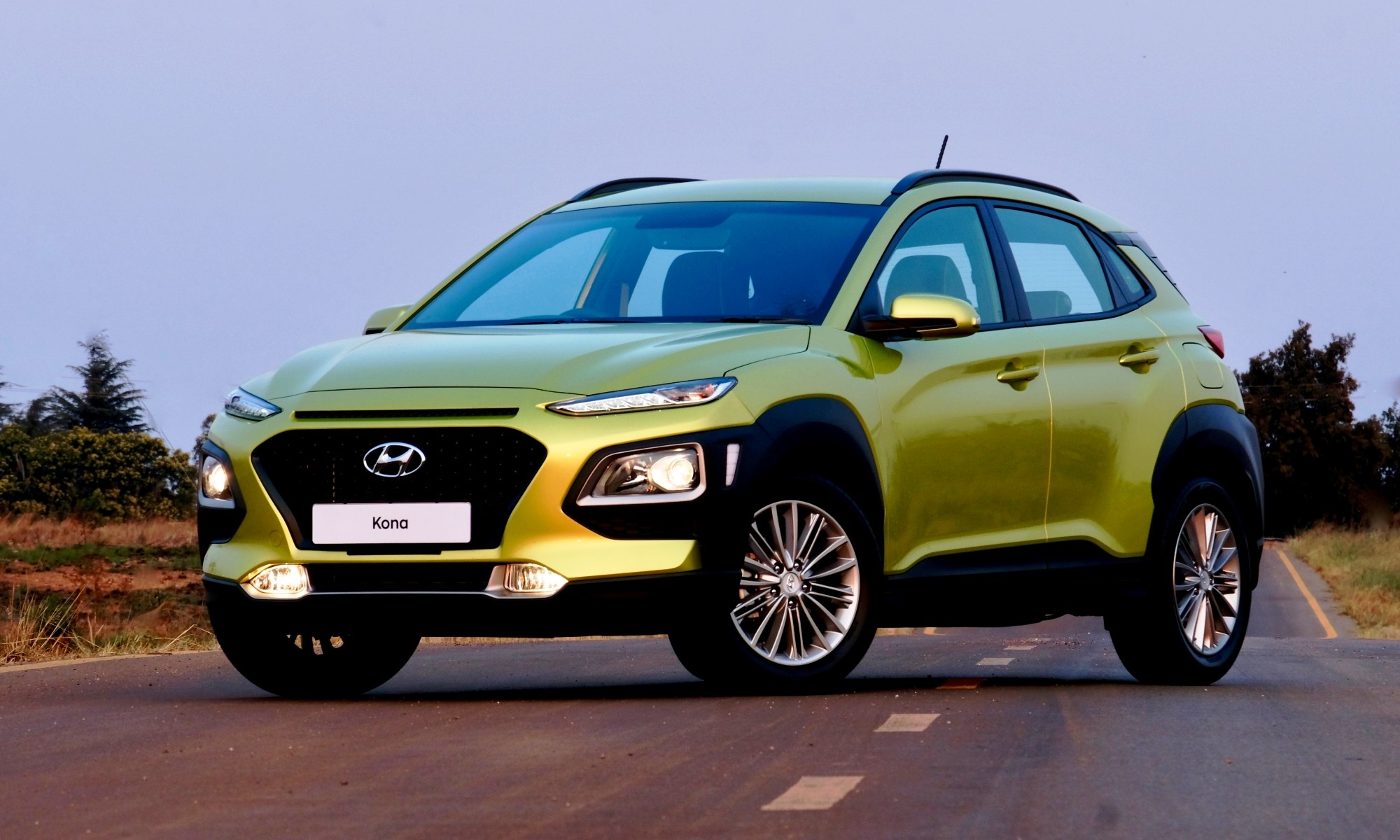
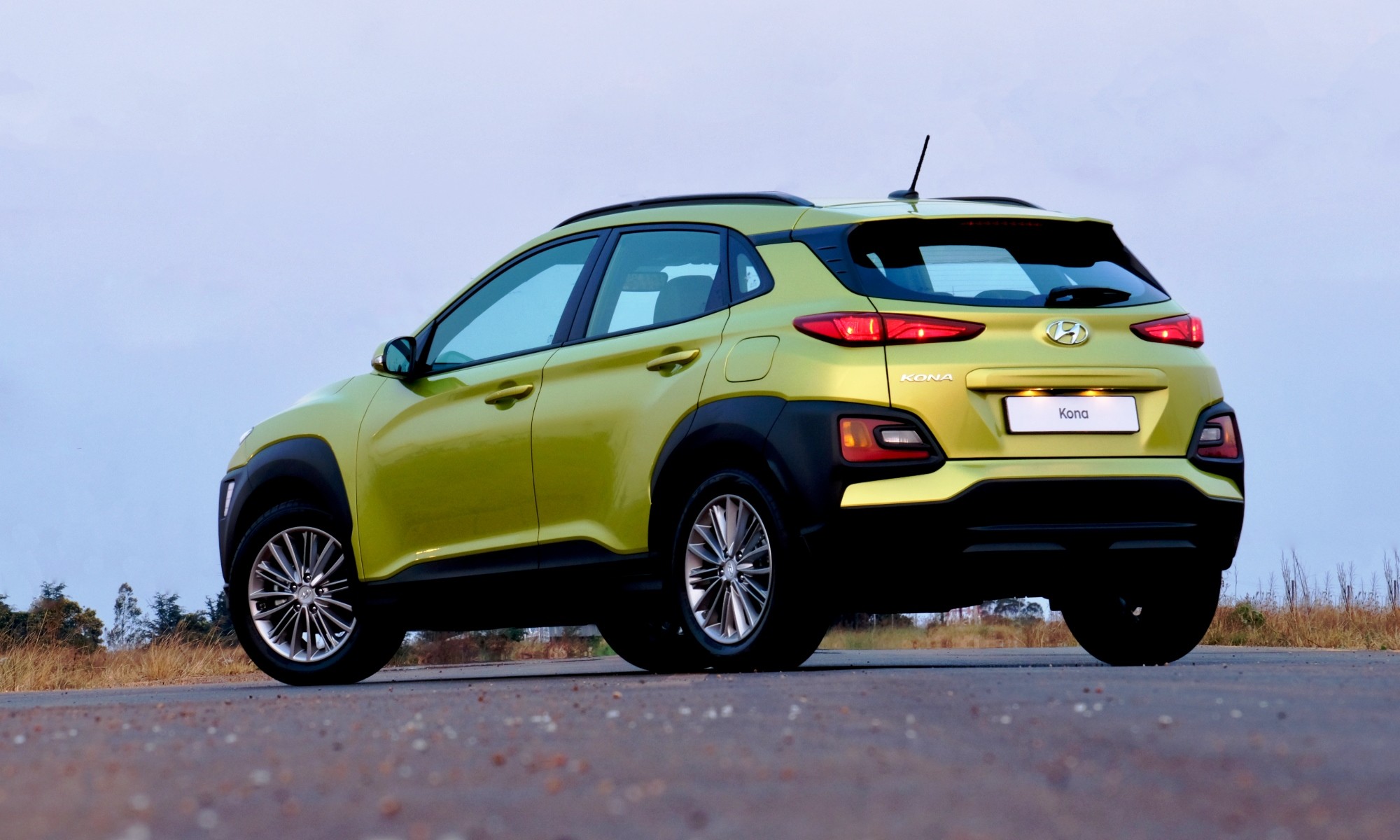
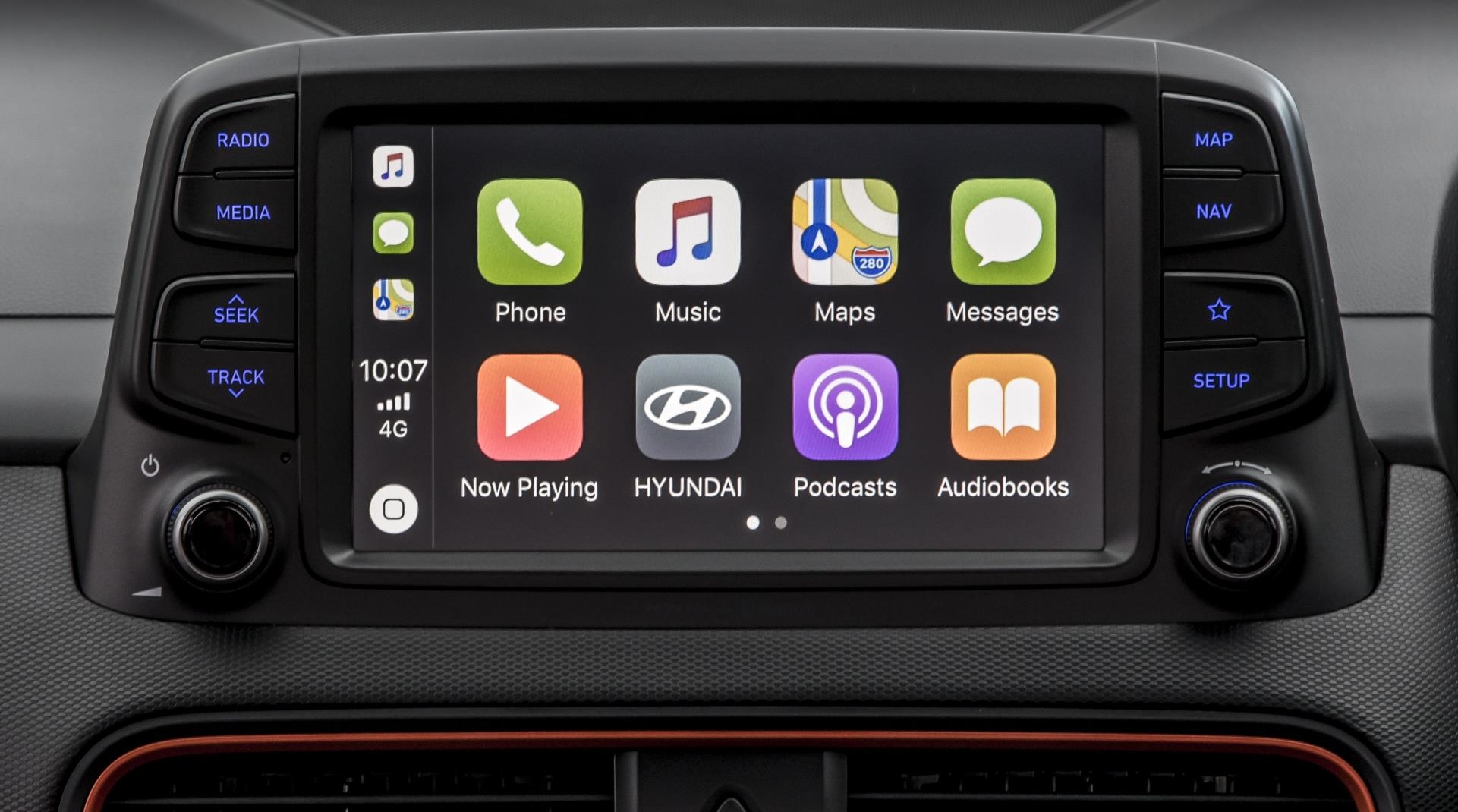
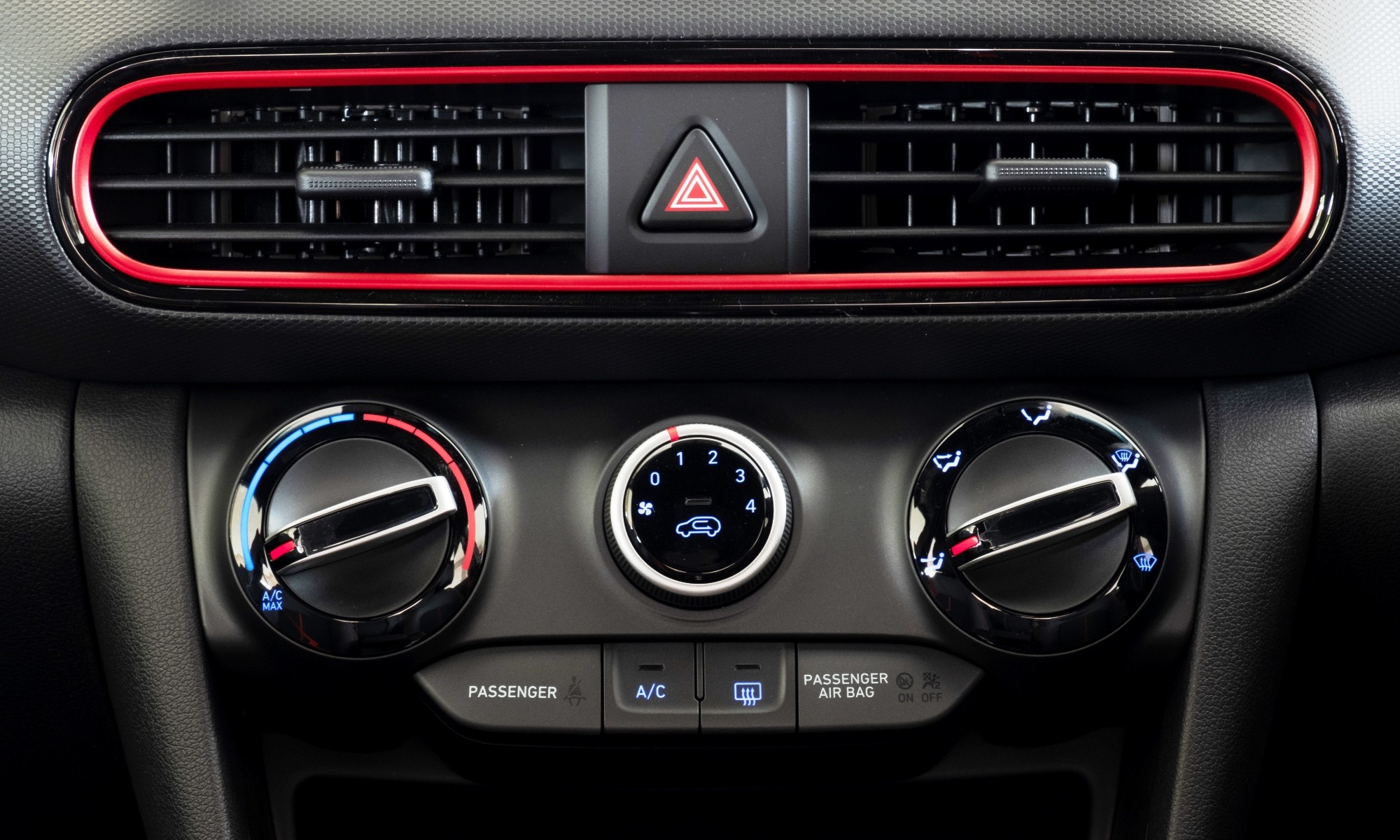
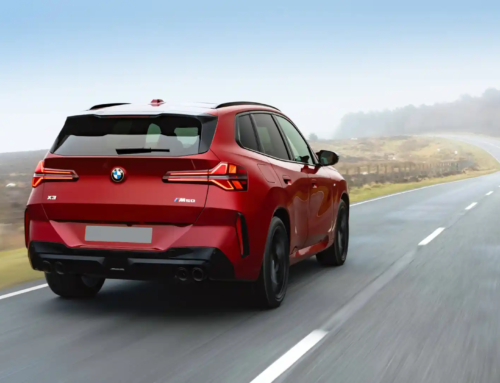
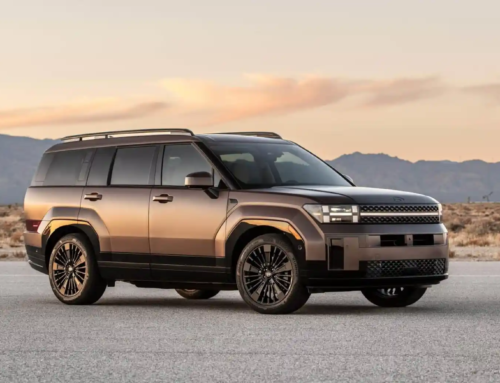
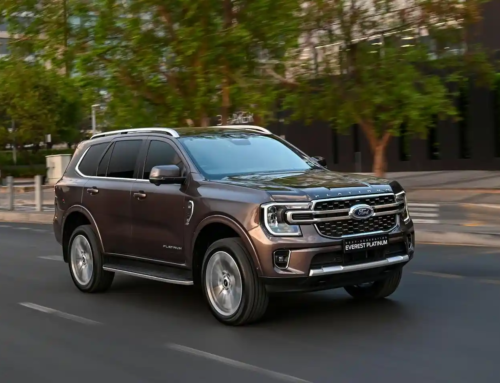
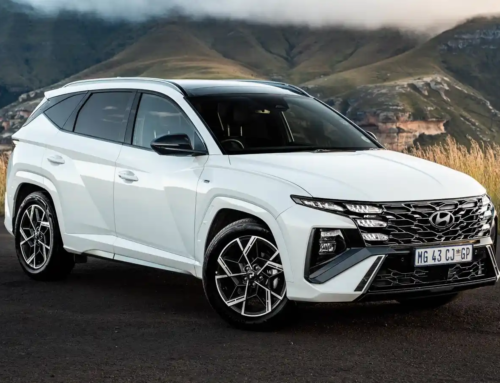
Interesting article.
The Kona is available here in the UK but the model that is making all the news outlets is the Kona EV (electric). There are 15 models released in the UK, 4 are electric. (39kWh and 64kWh)
Currently only the top of the line electric, the Kona Premium SE, is being delivered. It is selling at £32785 (R615000) (remember 20% of that is VAT!)